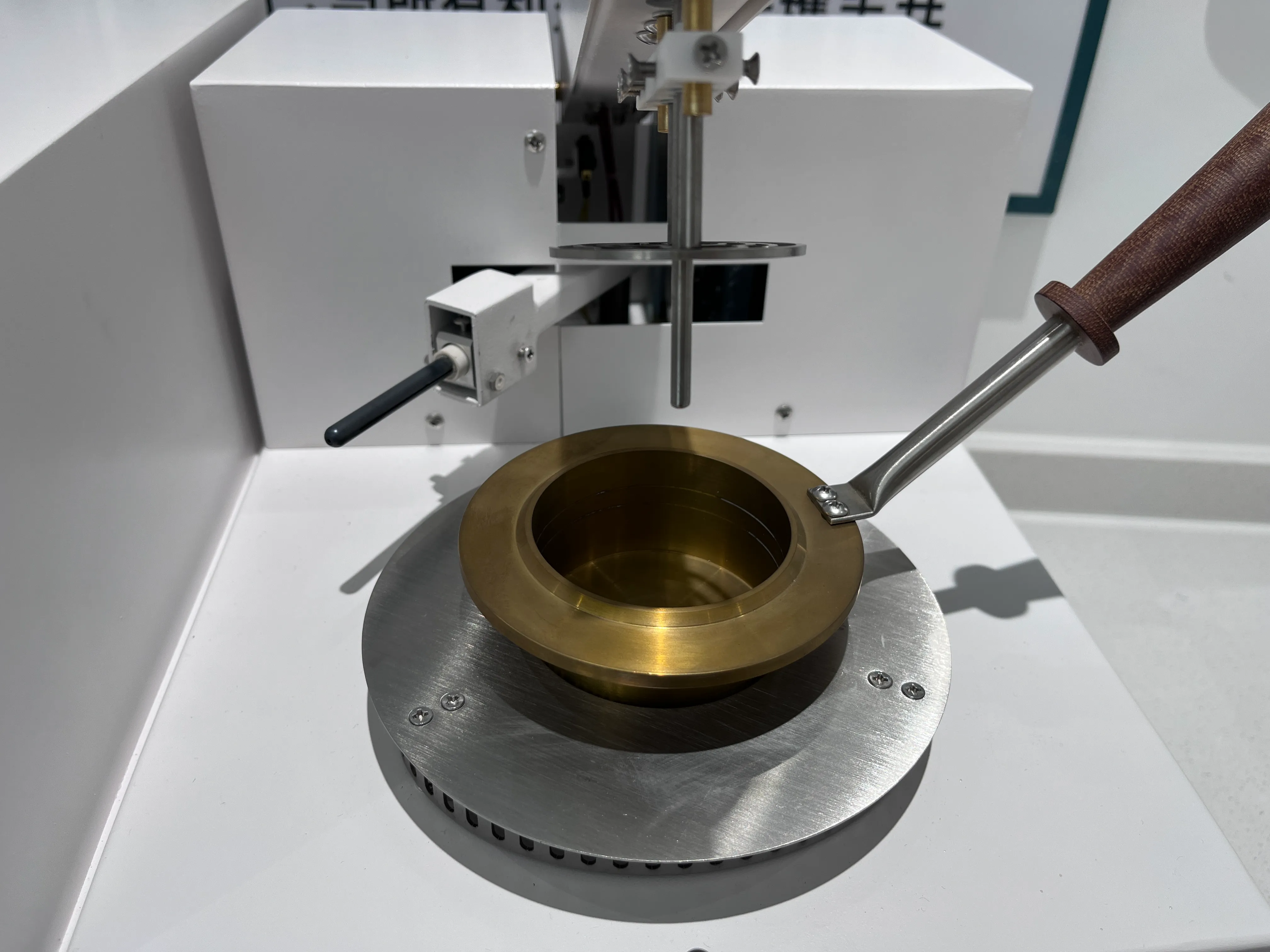 English
English



-
 Afrikaans
Afrikaans -
 Albanian
Albanian -
 Amharic
Amharic -
 Arabic
Arabic -
 Armenian
Armenian -
 Azerbaijani
Azerbaijani -
 Basque
Basque -
 Belarusian
Belarusian -
 Bengali
Bengali -
 Bosnian
Bosnian -
 Bulgarian
Bulgarian -
 Catalan
Catalan -
 Cebuano
Cebuano -
 China
China -
 China (Taiwan)
China (Taiwan) -
 Corsican
Corsican -
 Croatian
Croatian -
 Czech
Czech -
 Danish
Danish -
 Dutch
Dutch -
 English
English -
 Esperanto
Esperanto -
 Estonian
Estonian -
 Finnish
Finnish -
 French
French -
 Frisian
Frisian -
 Galician
Galician -
 Georgian
Georgian -
 German
German -
 Greek
Greek -
 Gujarati
Gujarati -
 Haitian Creole
Haitian Creole -
 hausa
hausa -
 hawaiian
hawaiian -
 Hebrew
Hebrew -
 Hindi
Hindi -
 Miao
Miao -
 Hungarian
Hungarian -
 Icelandic
Icelandic -
 igbo
igbo -
 Indonesian
Indonesian -
 irish
irish -
 Italian
Italian -
 Japanese
Japanese -
 Javanese
Javanese -
 Kannada
Kannada -
 kazakh
kazakh -
 Khmer
Khmer -
 Rwandese
Rwandese -
 Korean
Korean -
 Kurdish
Kurdish -
 Kyrgyz
Kyrgyz -
 Lao
Lao -
 Latin
Latin -
 Latvian
Latvian -
 Lithuanian
Lithuanian -
 Luxembourgish
Luxembourgish -
 Macedonian
Macedonian -
 Malgashi
Malgashi -
 Malay
Malay -
 Malayalam
Malayalam -
 Maltese
Maltese -
 Maori
Maori -
 Marathi
Marathi -
 Mongolian
Mongolian -
 Myanmar
Myanmar -
 Nepali
Nepali -
 Norwegian
Norwegian -
 Norwegian
Norwegian -
 Occitan
Occitan -
 Pashto
Pashto -
 Persian
Persian -
 Polish
Polish -
 Portuguese
Portuguese -
 Punjabi
Punjabi -
 Romanian
Romanian -
 Russian
Russian -
 Samoan
Samoan -
 Scottish Gaelic
Scottish Gaelic -
 Serbian
Serbian -
 Sesotho
Sesotho -
 Shona
Shona -
 Sindhi
Sindhi -
 Sinhala
Sinhala -
 Slovak
Slovak -
 Slovenian
Slovenian -
 Somali
Somali -
 Spanish
Spanish -
 Sundanese
Sundanese -
 Swahili
Swahili -
 Swedish
Swedish -
 Tagalog
Tagalog -
 Tajik
Tajik -
 Tamil
Tamil -
 Tatar
Tatar -
 Telugu
Telugu -
 Thai
Thai -
 Turkish
Turkish -
 Turkmen
Turkmen -
 Ukrainian
Ukrainian -
 Urdu
Urdu -
 Uighur
Uighur -
 Uzbek
Uzbek -
 Vietnamese
Vietnamese -
 Welsh
Welsh -
 Bantu
Bantu -
 Yiddish
Yiddish -
 Yoruba
Yoruba -
 Zulu
Zulu
Winding Resistance Measurement Techniques for Current Transformer Testing and Analysis
Winding Resistance Test of Current Transformers
Current transformers (CTs) play a vital role in power systems, enabling the safe measurement and monitoring of electric current. Ensuring the reliability and accuracy of these devices is crucial for effective grid management. One essential procedure for evaluating the performance of current transformers is the winding resistance test. This article outlines the significance, methodology, and benefits of conducting winding resistance tests on current transformers.
Importance of Winding Resistance Testing
Winding resistance tests are fundamental in assessing the integrity and functionality of current transformers. The primary purpose of this test is to measure the resistance of the transformer windings, which can indicate various factors such as connection integrity, quality of materials used, and the overall health of the transformer. Any increase in winding resistance may denote potential issues, such as loose connections, corroded contacts, or degradation of materials, which can lead to aging and reduced performance of the transformer.
Moreover, winding resistance measurements provide insight into the balanced performance of each winding. In a properly functioning current transformer, the resistance values of both primary and secondary windings should be relatively similar. Significant discrepancies can indicate faults that may impair the functionality of the transformer, causing inaccurate current readings and jeopardizing system safety.
Methodology of the Test
Conducting a winding resistance test on current transformers involves several steps to ensure accurate and reliable results.
1. Preparation Before starting the test, it’s essential to ensure that the CT is safely isolated from any live circuits. De-energizing the transformer and adhering to safety protocols is vital to protect personnel and equipment.
2. Testing Equipment A low-resistance ohmmeter, also known as a micro-ohmmeter, is typically used for this test. This instrument can measure low resistance values accurately, which is crucial since the winding resistance can be very low.
winding resistance test of current transformer

3. Connection The next step involves connecting the test leads from the ohmmeter to the terminals of the transformer windings. Care should be taken to ensure robust connections to avoid any additional resistance and ensure accurate readings.
4. Measurement The resistance of each winding is measured individually, taking multiple readings to account for any fluctuations. The measurements should be compared against the manufacturer’s specifications or previous test results to detect any deviations.
5. Analysis After collecting the data, the resistance values are analyzed. Any significant variations from expected resistance levels warrant further investigation to identify underlying issues.
Benefits of Winding Resistance Testing
Winding resistance testing provides numerous advantages, making it an essential aspect of transformer maintenance
- Prevention of Failures By identifying potential issues early, maintenance teams can address problems before they lead to transformer failure, reducing downtime and repair costs. - Improved Accuracy Ensuring that the windings are functioning correctly helps maintain the accuracy of current measurements, which is critical for system performance and reliability.
- Extended Lifespan Regular testing and subsequent maintenance contribute to the longevity of current transformers, ensuring they operate efficiently throughout their designed life.
- Safety Assurance Identifying and rectifying faults within current transformers enhances overall system safety, mitigating risks associated with equipment failures.
In conclusion, the winding resistance test is a crucial diagnostic tool for assessing the condition and performance of current transformers. Routine testing can significantly enhance reliability, improve measurement accuracy, and ensure the safety of electrical systems. Thus, power utilities and maintenance teams should prioritize regular winding resistance testing as part of their comprehensive maintenance programs for current transformers.
-
Testing Equipment Industry Sees Major Advancements in 2025: Smart & Precision Technologies Lead the WayNewsJun.06,2025
-
Applications of Direct Current Generators in Renewable Energy SystemsNewsJun.05,2025
-
Hipot Tester Calibration and Accuracy GuidelinesNewsJun.05,2025
-
Digital Circuit Breaker Analyzer Features and BenefitsNewsJun.05,2025
-
Benefits of Real-Time Power Quality Monitoring Devices for Industrial EfficiencyNewsJun.05,2025
-
Earth Fault Loop Testing in High-Rise Building Electrical SystemsNewsJun.05,2025



